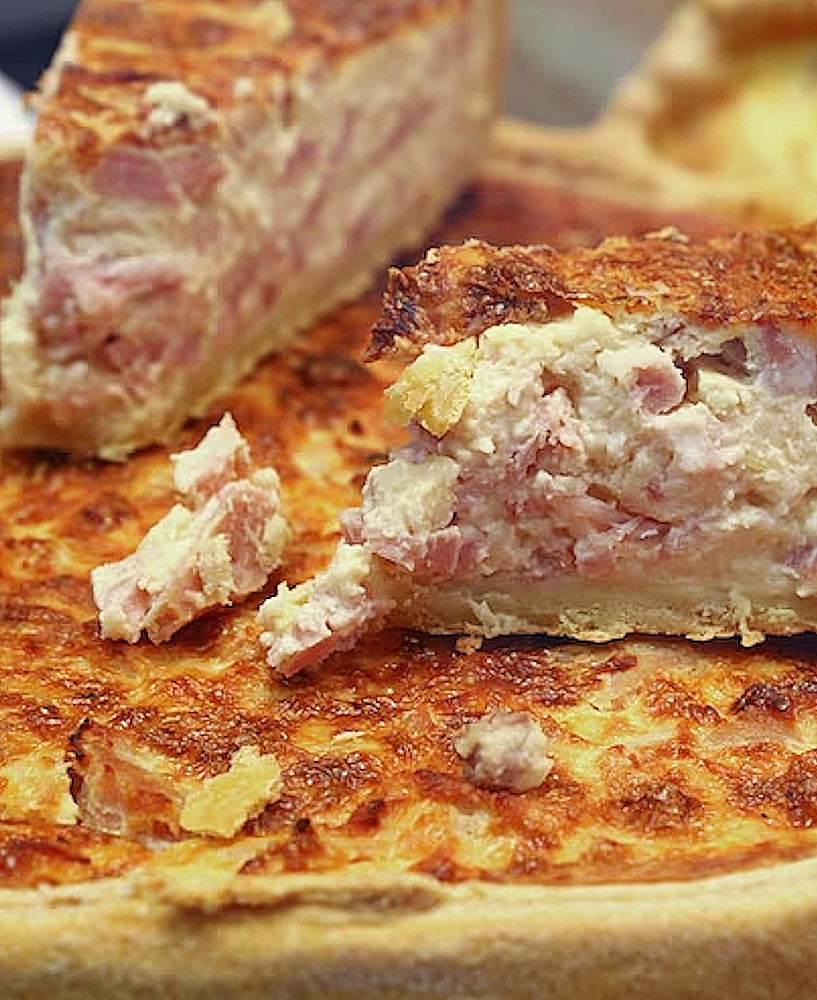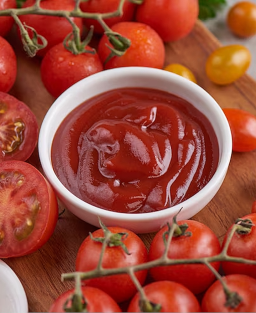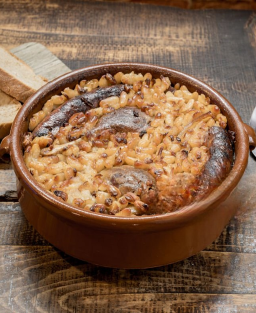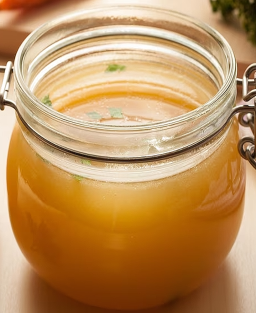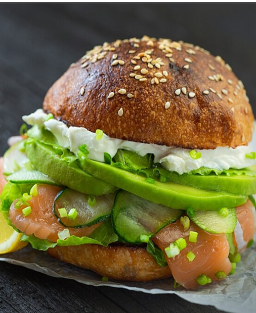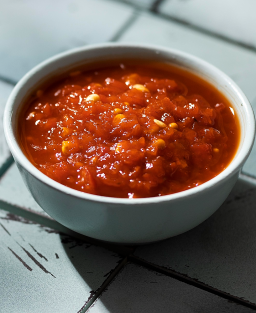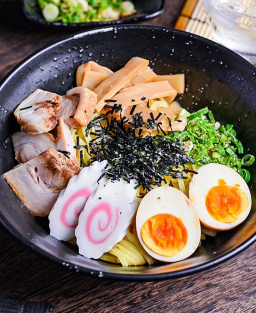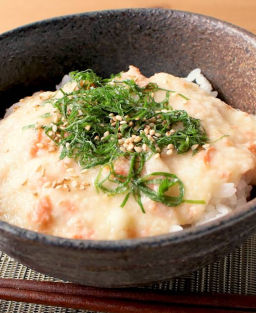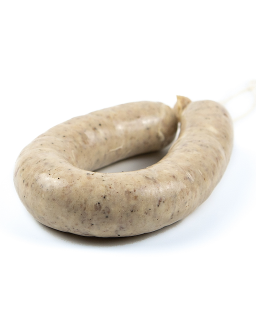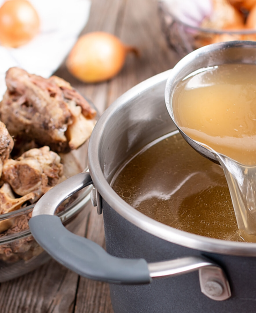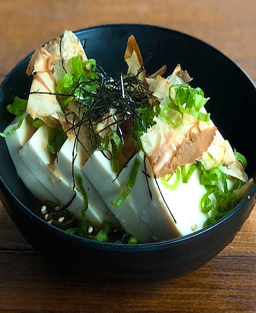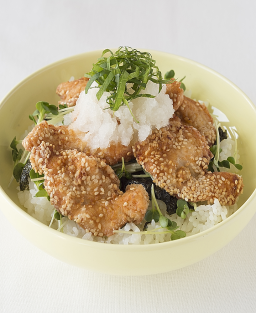- Out-of-Stock
Traditional Recipe for the Authentic Quiche Lorraine with Fresh Bacon Lardons, Simple and Genuine
Traditional Recipe for the Authentic Quiche Lorraine with Fresh Bacon Lardons, Simple and Genuine
The term "quiche" probably comes from the Lorraine or Alsatian dialect, itself derived from the German word Kuchen, meaning cake or tart. This origin reflects the Franco-German cultural blend of Lorraine. As for "Lorraine," it simply designates the region where this savory tart made with eggs, cream, and lardons developed and became popular. Thus, the "quiche lorraine" literally means "tart from Lorraine," a traditional rural dish.
Historical Introduction:
The quiche lorraine, an emblematic dish of the Lorraine region, is primarily the result of a popular culinary tradition passed down through generations. It does not come from a single inventor but from a collective evolution of local recipes.
The earliest mention close to quiche lorraine is found in Le Cuisinier Impérial by Alexandre Viard, published in 1806, where he describes several savory tarts with eggs, cream, and lardons. These preparations form the beginnings of the quiche as we know it today.
During the 19th century, the recipe was refined and popularized, appearing in regional cookbooks such as those by Julien-François Latour, as well as in many regional culinary compilations. These sources confirm the presence of a savory tart based on eggs, cream, and lardons, prepared with a shortcrust pastry.
Thus, the quiche lorraine developed over time as a simple yet refined dish, deeply rooted in the rural Lorraine tradition, long before it was codified by French haute cuisine or popularized in restaurants.
There are other egg, lardon, and cream tarts; here are the closest similar ones in other French regions:
-
Alsatian tart (Alsace): Very close to quiche lorraine, sometimes simply called "tarte aux lardons" or a thick version of "tarte flambée." The filling is similar (eggs, cream, lardons), sometimes with a bit more onion.
-
Lardon tart (Burgundy, Franche-Comté): A rustic savory tart that also uses the same egg + cream + lardon base, without necessarily bearing the name "quiche."
-
Peasant pie (various rural regions): Sometimes this term refers to a savory tart with eggs, cream, and lardons, but it is a more generic name.
Outside Lorraine, there is no specific name as codified as "quiche lorraine" for this exact combination. People rather speak of "tarte aux lardons" or "tarte paysanne" depending on the region, with minor variations in preparation or pastry.
Therefore, the quiche lorraine remains the historical and most renowned reference for this precise eggs-cream-lardon recipe.
In the pure traditional recipe of quiche lorraine, the lardons were originally not smoked but came from fresh pork, often simply grilled or fried without smoking. Smoking is a more recent practice, now common for convenience and modern taste.
There were no onions. The classic quiche lorraine is a simple savory tart made from shortcrust pastry, eggs, fresh cream, and lardons (originally unsmoked).
Adding onions is a more modern or regional variation, sometimes called onion quiche or included in richer recipes, but it is not a traditional ingredient in the authentic quiche lorraine.
Ingredients:
-
250 g homemade shortcrust pastry (flour, butter, water, salt)
-
200 g fresh (unsmoked) quality bacon lardons
-
3 whole eggs
-
250 ml thick fresh cream (ideally farmhouse)
-
Salt, freshly ground white pepper
-
A pinch of nutmeg (optional)
Preparation:
-
Preheat the oven to 180 °C (350 °F, gas mark 6).
-
Roll out the shortcrust pastry into a buttered tart pan and prick the base with a fork.
-
Dry-fry the lardons in a pan until lightly golden. Drain them on paper towels.
-
In a bowl, beat the eggs with the fresh cream. Season with salt, white pepper, and nutmeg.
-
Spread the lardons evenly over the tart base.
-
Gently pour the egg and cream mixture on top.
-
Bake for about 35 to 40 minutes, until the filling is set and lightly golden.
-
Let cool slightly before unmolding and serving.
Traditional Tip:
Quiche lorraine can be enjoyed hot or warm, accompanied by a simple green salad. Its simplicity and richness reflect the skill of Lorraine peasants, combining local products and ancestral techniques.











